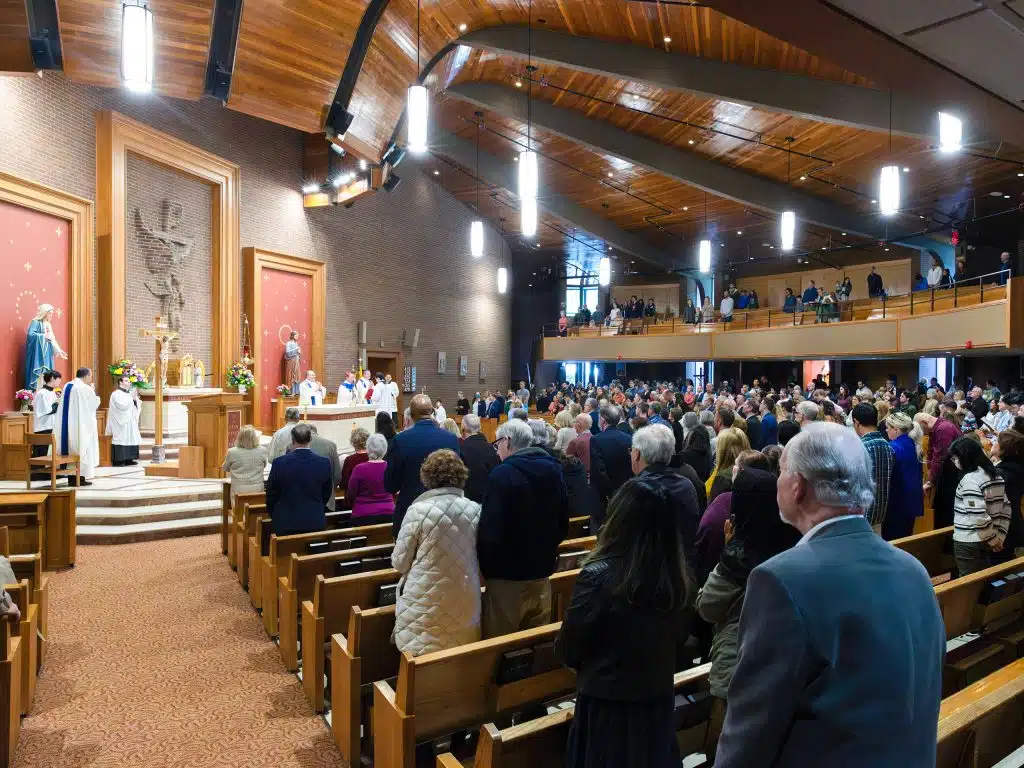St. Columbanus was one of those roving Irish monks who wandered up and down Europe in the sixth and seventh centuries. This love of the open road inspired the Rev. John Oliver, an Anglican bishop and biker, to suggest St. Columbanus as the patron of motorcyclists.
Columbanus was not always drawn to the religious life. He came from a powerful, well-to-do family; he was well-educated and very good looking, which attracted the attention of the young women of Ireland. It was the kind of life most young men dream of, but when a holy woman told him that his freewheeling ways put the salvation of his soul at risk, Columbanus, perhaps for the first time in his life, examined his actions. Ultimately, he decided to give up all the pleasures he loved and become a monk.
His decision caused an uproar in his family. They considered it wasteful that such a promising young man should withdraw from the world, but Columbanus would not be dissuaded. The day of his departure, Columbanus’ mother made one final attempt to stop him by physically blocking the door. Somehow, he got around his mother and headed for Bangor Abbey in County Down. According to legend, about a century earlier St. Patrick and his companions had a vision of angels on the future site of the monastery. By the time Columbanus became a monk, Bangor was renowned for its music and scholarship.
Typically, a monk spent his entire life in the monastery where he had taken his vows, but Irish monks often overlooked that tradition. The barbarian invasions destroyed what was left of Greco-Roman civilization in Western Europe, so Irish monks set out for what is now Britain, France, Germany and the Low Countries, bringing both the Catholic faith and classical civilization to the barbarian tribes. At age 42, Columbanus asked his abbot to send him as a missionary to the pagan tribes in Gaul. The abbot selected 12 monks and sent them along with Columbanus.
The monks had great success in what is now the French province of Burgundy, where they converted thousands, including the king. They founded several monasteries, all of which wanted Columbanus to serve as abbot, but Columbanus realized he was not born for a sedentary life. Over the next 30 years he made missionary journeys through Germany and Switzerland, then crossed the Alps into northern Italy where he finally settled down at Bobbio. There he rebuilt a dilapidated church dedicated to St. Peter, and built a new monastery beside it. Even then he found it hard to stay put, so he retired to a cave near the abbey where he spent his old age living as a hermit. At his death, St. Columbanus was buried in his abbey church. His relics are there still, beneath the altar in the crypt.


Disconnected spirituality